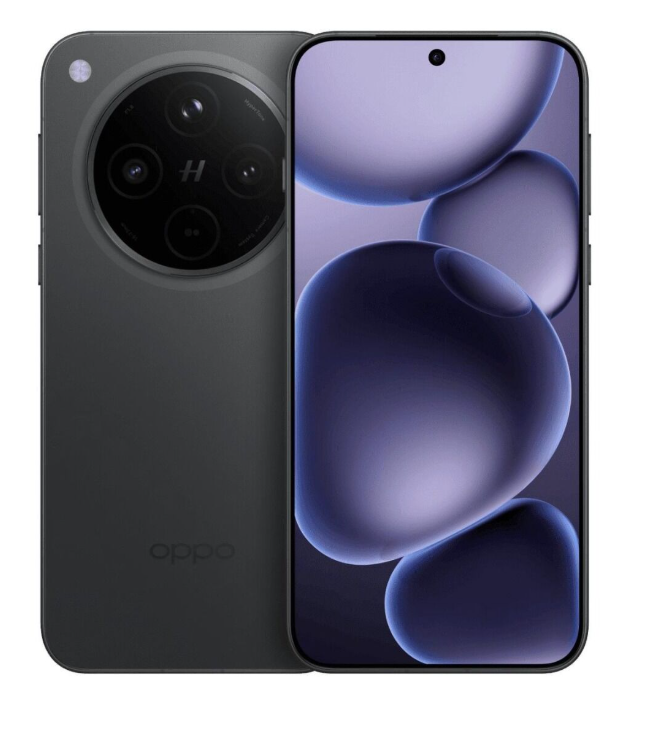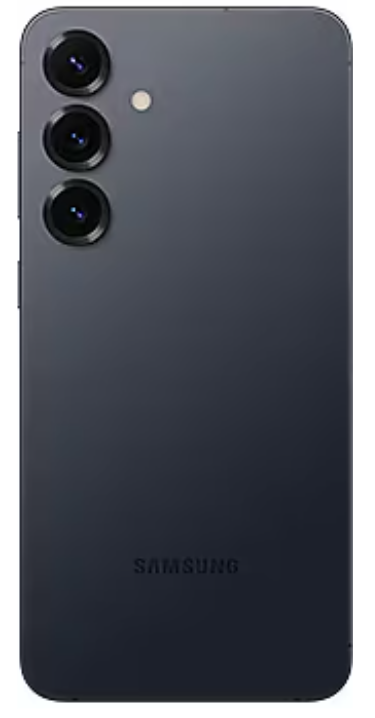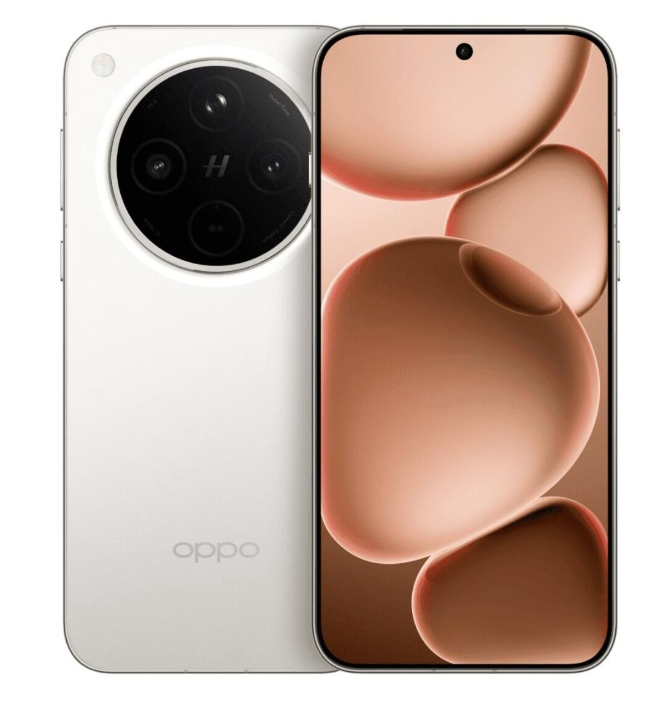
Oppo Find X8s+ and Samsung Galaxy S25+ represent two of the most refined flagship experiences in 2025, each pushing boundaries in display tech, camera performance, and software longevity. This comparison is important because both phones cater to premium users but take very different approaches, Oppo focuses on battery innovation and imaging partnerships, while Samsung leans into ecosystem strength and long-term software support. Choosing between them isn’t just about specs, but about which priorities matter more to the user.
Design and Display

Build and Feel:
OPPO Find X8s+ offers a solid glass-and-metal construction with IP68/IP69 protection, making it more resilient to both immersion and high-pressure water jets. Samsung’s Galaxy S25+ also features IP68 resistance and uses Gorilla Glass Victus 2 on both sides with an Armor Aluminum 2 frame. Samsung’s use of tougher glass and lighter build gives it a slightly more premium and durable feel. While both phones are sleek, the S25+ feels marginally more refined due to its material robustness.
Display Quality:
OPPO’s 6.59-inch AMOLED panel supports Dolby Vision, HDR10+, and Ultra HDR with rich 1B color output and a 120Hz refresh rate. In contrast, the Galaxy S25+ sports a larger 6.7-inch LTPO AMOLED 2X screen with sharper QHD+ resolution and a peak brightness of 2600 nits, ideal for outdoor use. The S25+ display is brighter and more detailed, offering superior clarity and power efficiency via LTPO tech.
Verdict:
While OPPO impresses with its rugged build and color depth, Samsung edges ahead due to its tougher glass, better brightness, and higher resolution. The Galaxy S25+ offers a superior visual and ergonomic experience overall.
| Preview | Product | |
|---|---|---|
| Samsung Galaxy S25+ 5G AI Smartphone (Silver Shadow, 12GB RAM, 256GB Storage), 50MP Camera with… | Check Price on Amazon |
Please Note: When you buy something using the links in our articles, we may earn a small commission at no cost to you.
Specifications

Performance:
OPPO Find X8s+ runs on MediaTek’s Dimensity 9400+ chip, which offers excellent efficiency and raw power for most users. The Galaxy S25+, however, features the Snapdragon 8 Elite, currently one of the fastest mobile chipsets, with higher core frequencies and better GPU performance (Adreno 830). For gaming, multitasking, and AI features, the S25+ is better optimized and more responsive. Both use UFS 4.0 storage, ensuring speedy app loading and data handling.
Battery and Charging:
OPPO has a significant lead in battery capacity with a 6000 mAh cell versus Samsung’s 4900 mAh. Charging speeds are also in OPPO’s favor, offering 80W wired and 50W wireless, which easily outpaces the S25+’s 45W wired and 15W wireless. OPPO also supports 10W reverse wireless, compared to Samsung’s 4.5W. For users prioritizing endurance and fast top-ups, OPPO is the better choice.
Verdict:
Samsung wins in raw performance due to its superior processor, but OPPO dominates battery life and charging versatility. The choice depends on whether performance or endurance is more important, but overall, OPPO offers a better-rounded package for power users.
Camera

Main and Secondary Lenses:
OPPO includes three 50 MP sensors, all offering OIS and PDAF, including a periscope telephoto lens and ultra-wide shooter with Hasselblad tuning. Samsung counters with a 50 MP main lens, a 10 MP 3x telephoto, and a 12 MP ultra-wide. While Samsung adds 8K video and excellent stabilization, OPPO’s uniform high-resolution sensors, advanced color science, and multi-directional autofocus give it an edge in flexibility and detail. OPPO also supports Dolby Vision and 10-bit video.
Selfie Camera:
OPPO’s 32 MP selfie camera with autofocus records up to 4K@60fps and delivers sharp, color-accurate selfies. Samsung offers a 12 MP selfie shooter with dual pixel PDAF and HDR10+, also capable of 4K@60fps. While Samsung has great software tuning, OPPO’s higher resolution and autofocus give it a small lead for vlogging or detailed front-camera shots.
Verdict:
OPPO Find X8s+ delivers more versatile and high-resolution imaging on both front and rear cameras. It caters better to creators and photography enthusiasts, making it the stronger camera phone overall.
Pricing

OPPO Find X8s+ is priced at around $750, while the Samsung Galaxy S25+ is about $850. For $100 less, OPPO delivers a larger battery, faster charging, a higher resolution camera system, and flagship display features.
Verdict:
Samsung’s added cost comes from its better processor, higher display resolution, and longer software support. However, in raw value for money, the OPPO Find X8s+ offers more hardware for the price, making it the better deal for most users.
Conclusion

Both phones offer modern flagship features like stereo speakers, IP68 protection, and under-display fingerprint sensors. However, some key distinctions stand out. OPPO includes IP69 certification, Hasselblad color tuning, Ultra HDR support, and a 6000 mAh battery, which are rare in this price tier. It also offers 50W wireless charging, topping Samsung’s 15W.
On the other hand, Samsung’s Snapdragon 8 Elite, DeX support, Gorilla Glass Victus 2, and 7 years of OS updates make it future-proof and enterprise-friendly. OPPO focuses more on hardware enhancements, while Samsung delivers long-term ecosystem perks and software longevity.
Final Verdict:
OPPO dominates in battery life, camera hardware, and charging speeds, delivering high-end features at a lower price. It suits users focused on power, imaging, and all-day usage. Samsung, meanwhile, is ideal for those who value display sharpness, performance excellence, and extended software support.
While the Galaxy S25+ wins on finesse and long-term usability, the OPPO Find X8s+ offers the best value overall with a more balanced, feature-rich hardware suite at a lower cost.
Read More:
- Oppo Find X8 Ultra vs Xiaomi 15 Ultra: Which Ultra Flagship Phone is Supreme
- Vivo X200 Ultra vs Galaxy S25 Ultra: Who Reigns Supreme in 2025?
- OnePlus 13 vs Poco F7 Ultra: Which Premium Android Wins ?
The post Oppo Find X8s+ vs Galaxy S25+: Will You Pick Oppo’s Innovation or Samsung’s Ecosystem? appeared first on Gizmochina.






